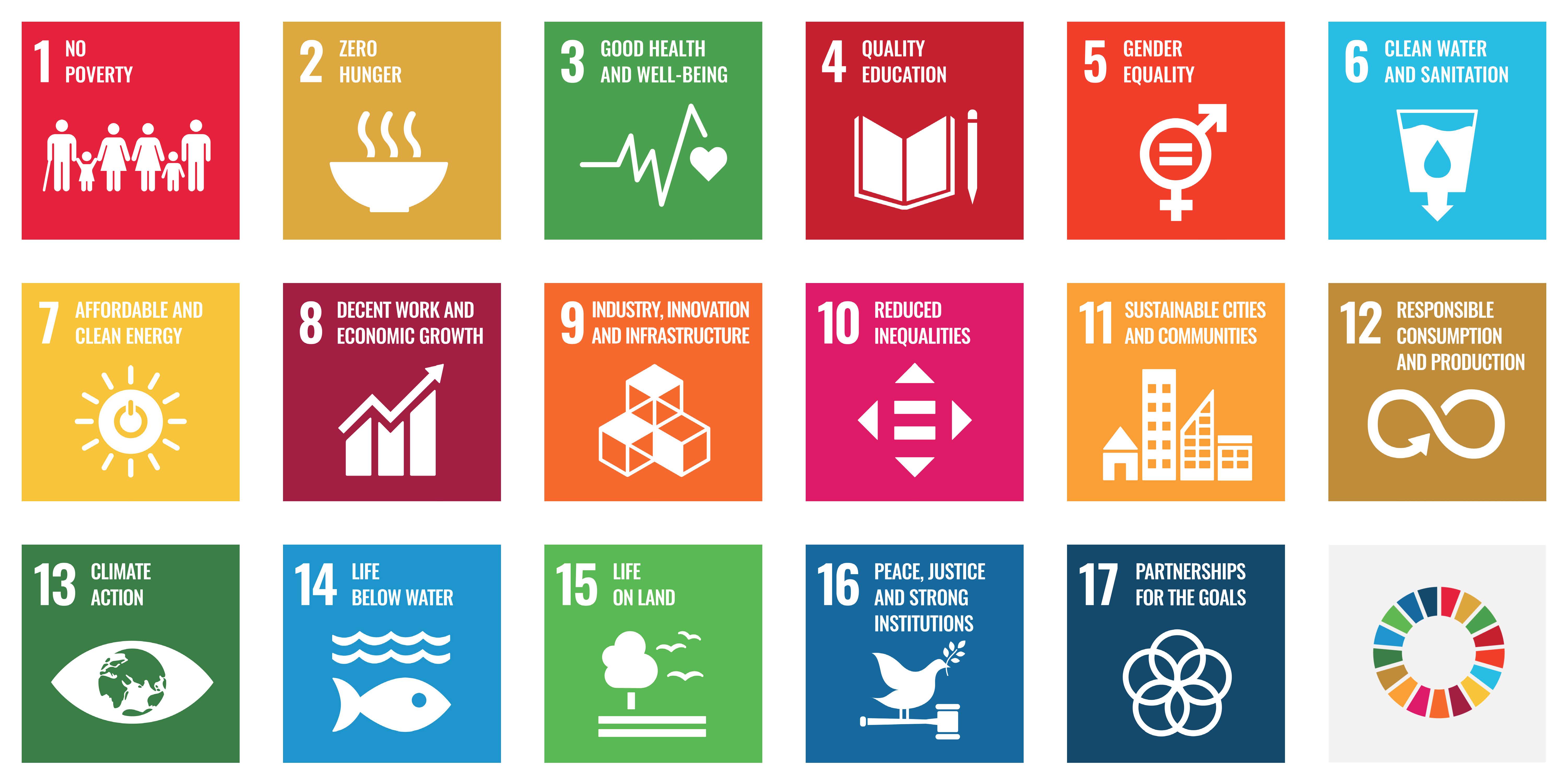Start Date
21-4-2021 1:15 PM
End Date
21-4-2021 1:24 PM
Description
Urban Heat Islands are built environments that retain heat and lack green spaces which absorb heat, causing cooler temperatures. According to Jenerette et al. (2011), there is a correlation between lower income and lack of greenspaces in the neighborhood, segregating those with lower financial power. An example of this is the 1995 heatwave in Chicago that killed 700 people, often elderly or lower income residents. Developing and maintaining edible forests will help cool the neighborhood and help feed the community with locally grown nutritious food in areas of food insecurity. Partnerships with local farmers, volunteers, community members, and municipalities should be explored.
Publication Title
Conference Proceedings for The 3rd Global Virtual Conference of the Youth Environmental Alliance in Higher Education
Recommended Citation
D'Agostino, Amanda, "Session 2F Edible Forests: Addressing Urban Heat Islands Through Food Security" (2021). The Youth Environmental Alliance in Higher Education. 58.
https://doi.org/10.37099/mtu.dc.yeah-conference/april2021/all-events/58
Session 2F Edible Forests: Addressing Urban Heat Islands Through Food Security
Urban Heat Islands are built environments that retain heat and lack green spaces which absorb heat, causing cooler temperatures. According to Jenerette et al. (2011), there is a correlation between lower income and lack of greenspaces in the neighborhood, segregating those with lower financial power. An example of this is the 1995 heatwave in Chicago that killed 700 people, often elderly or lower income residents. Developing and maintaining edible forests will help cool the neighborhood and help feed the community with locally grown nutritious food in areas of food insecurity. Partnerships with local farmers, volunteers, community members, and municipalities should be explored.



Comments
Presented at the 3rd International Conference of the YEAH
SDG Theme: SDG 10 - Reduced Inequalities, SDG 11 -Sustainable Cities & Communities, SDG13 - Climate Action